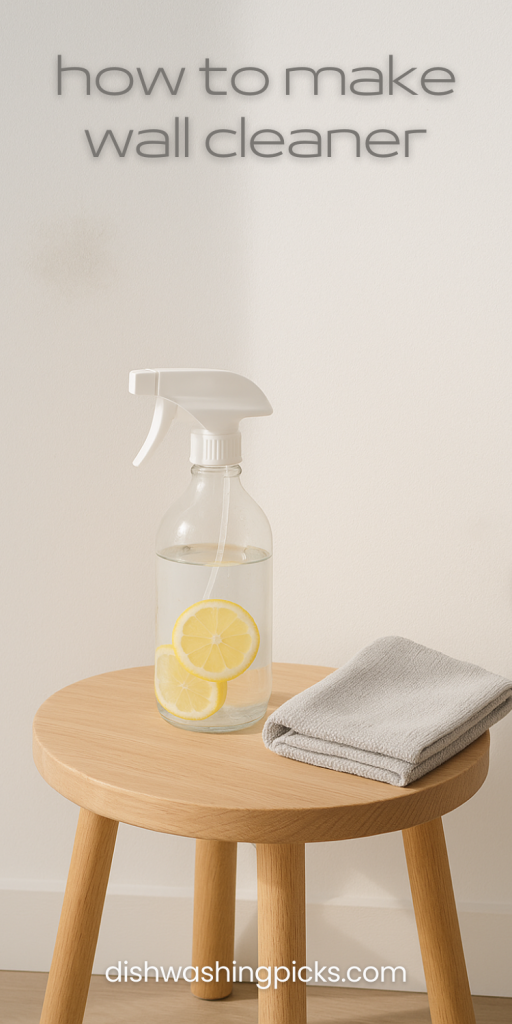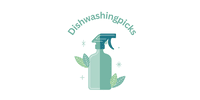
Why Clean Walls Anyway?
Quick question—when was the last time you actually cleaned your walls? (And no, dusting the corners doesn’t count.) For most people, the answer is… uh, never? But here’s the thing: walls collect more than you think—dust, grease from cooking, handprints, and sometimes even mystery stains that you’re not sure you want to investigate too closely.
Imagine this: you’ve just done a full house clean, everything sparkles, but when the sunlight hits the wall just right—bam—there’s a giant smudge staring back at you. Annoying, right? That’s where a good homemade wall cleaner comes in.
Why Go Homemade Instead of Store-Bought?
Let’s be honest, you could just grab a store-bought cleaner. But hear me out—homemade wall cleaners have some big perks:
- Budget-friendly: It costs pennies compared to store products.
- Gentle: No harsh chemicals stripping your paint or leaving strong odors.
- Eco-friendly: Fewer plastic bottles, fewer toxins.
- Customizable: You control the ingredients, so you can make it stronger or gentler depending on your walls.
Think of it like cooking—you can season to taste instead of being stuck with the “one flavor fits all” version.
The Basics: What You’ll Need
Good news: you probably already have the ingredients sitting in your kitchen. Here’s the short list:
- Warm water – the base of all good cleaning.
- White vinegar – cuts grease and kills bacteria.
- Baking soda – gentle abrasive for tough spots.
- Dish soap – breaks down oily smudges.
- Spray bottle & sponge/soft cloth – your tools of the trade.
Simple, right? Now let’s get mixing.
DIY Wall Cleaner Recipes
Here are a few tried-and-true recipes depending on what kind of mess you’re dealing with:
1. Everyday All-Purpose Wall Cleaner
- Mix 2 cups warm water, 1 teaspoon dish soap, and 1 teaspoon vinegar in a spray bottle.
- Spray lightly on the wall and wipe with a damp cloth.
Perfect for general dust, fingerprints, and light smudges.
2. Baking Soda Spot Scrub
- Mix 3 parts baking soda with 1 part water into a paste.
- Dab onto stubborn marks (like crayons or scuffs).
- Gently rub with a soft cloth, then wipe clean.
Great for those “mystery marks” that just won’t budge.
3. Heavy-Duty Degreaser (for Kitchen Walls)
- Combine 2 cups warm water, ½ cup vinegar, and a few drops of dish soap.
- Spray, let sit for a minute, then wipe away grease splatters.
Your backsplash and stove-area walls will thank you.
Tips for Different Wall Types
Not all walls are created equal. What works on one could ruin another—so here’s how to play it safe:
- Painted walls: Use mild soap and water. Avoid scrubbing too hard or the paint could fade.
- Glossy or semi-gloss paint: Lucky you! Easier to wipe down—vinegar mix works well here.
- Flat/matte paint: Be extra gentle—no harsh scrubbing, just a light soap-and-water solution.
- Wallpaper: Always test a small hidden spot first. Use a damp (not wet) cloth with mild soap.
Think of it like skincare: each “skin type” (or wall finish) needs its own routine.
Bonus Tricks for Stubborn Stains
- Crayon marks: Rub gently with baking soda paste or even a dab of toothpaste.
- Scuff marks: A magic eraser works wonders, but baking soda paste can be a cheaper option.
- Grease splatters: Vinegar + dish soap is your best friend.
- Marker ink: Rubbing alcohol on a cotton ball—just test a hidden spot first.
Because let’s face it—walls attract stains like magnets.
Fresh Walls, Fresh Room
Cleaning your walls might not be the most glamorous chore, but it’s one of those little things that makes a big difference. Fresh, mark-free walls instantly make a room look brighter and cleaner, even if you didn’t move a single piece of furniture.
So, grab that spray bottle, whip up your homemade cleaner, and give your walls the spa day they deserve. Who knows? You might even discover that cleaning walls can be… kinda satisfying.
